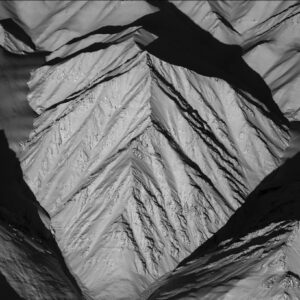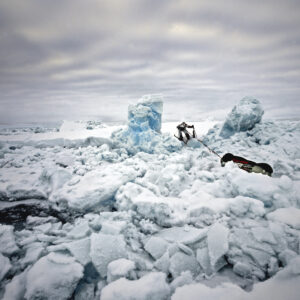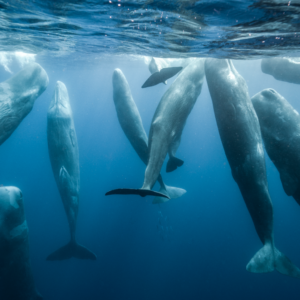Description
ABOUT: Being at the Geographic North Pole gives you the feeling of standing on top of a living, breathing planet. When darkness falls, one has the sensation of being on a planet hovering in the vastness of empty black space; something which escapes most of us, most of the time. Nothing lives on the Arctic Ocean – polar bears walk across it during some of the colder months, but it is uninhabitable. Meanwhile, at the Earth’s equator, a mere 6,220 miles away, life is teeming and on average 76oC warmer.
In cosmic terms, the distance between the North Pole and the equator is zero, a good reminder of how delicate the boundary is between life and death on Earth.
On 17 March 2018, Arctic Sea ice reached its maximum extent for the year – at 14.48 million square kilometres it was the second-lowest in the 39-year record. This year’s ice extent is 1.22 million square kilometres below the 1981-2010 average. The sea ice is melting at a rate far faster than scientists thought possible. It’s a well-documented theory that the Arctic Ocean will be ‘ice-free’ by the summer of 2030, with no ice at all by 2090. What will happen to our global weather then? Nobody knows. Whatever happens, it will be felt by every single human on the planet.
CAUSE: 50% of the profit from this picture will go towards The Last Ice Sentinel. The Last Ice Sentinel is a legacy project to locate and photograph the last fragments of the rarest ice on earth.
DETAILS: Each image is A3 and will be printed on Hahnemühle Fine Art Pearl paper, 285 gsm, which offers a delicately textured surface and fantastic print quality. It will be shipped from the UK.







Reviews
There are no reviews yet.